 From industrial chemistry to marketing to brewing, Esker Beer Co’s Charlie Claridge leans on his diverse experience to create award-winning beer.
From industrial chemistry to marketing to brewing, Esker Beer Co’s Charlie Claridge leans on his diverse experience to create award-winning beer.  From industrial chemistry to marketing to brewing, Esker Beer Co’s Charlie Claridge leans on his diverse experience to create award-winning beer.
From industrial chemistry to marketing to brewing, Esker Beer Co’s Charlie Claridge leans on his diverse experience to create award-winning beer. 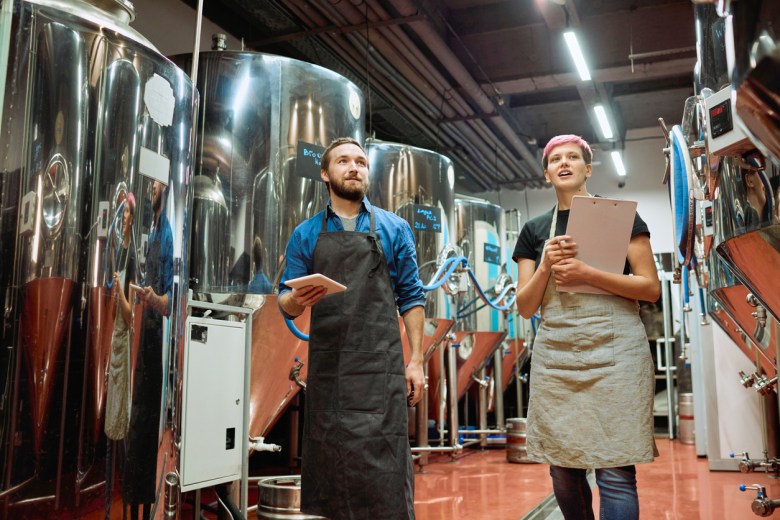 All independent breweries are invited to submit, with the resultant data supporting advocacy on both state and federal levels.
All independent breweries are invited to submit, with the resultant data supporting advocacy on both state and federal levels.  BeerFest Australia engages more than 30 musical acts over its festivals, with Sneaky Sound System headlining the Sydney event.
BeerFest Australia engages more than 30 musical acts over its festivals, with Sneaky Sound System headlining the Sydney event. 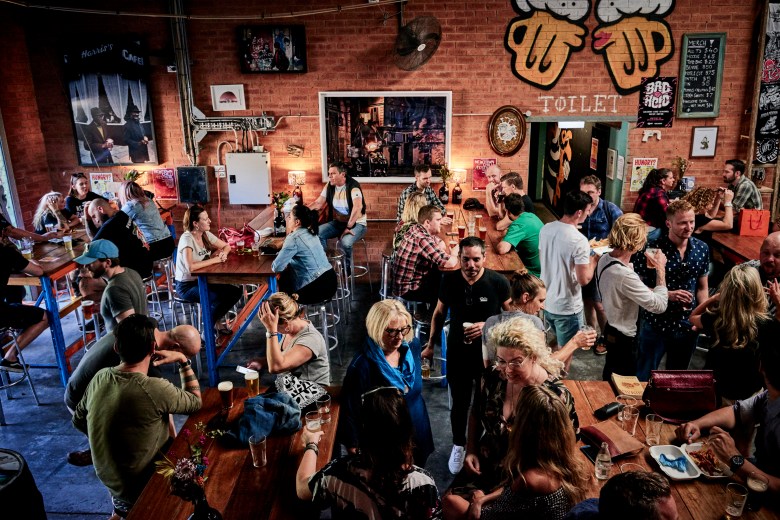 Now encompassing 18 independent breweries across six suburbs, the Inner West Ale Trail has received funding to boost its status as the craft capital of Australia.
Now encompassing 18 independent breweries across six suburbs, the Inner West Ale Trail has received funding to boost its status as the craft capital of Australia. 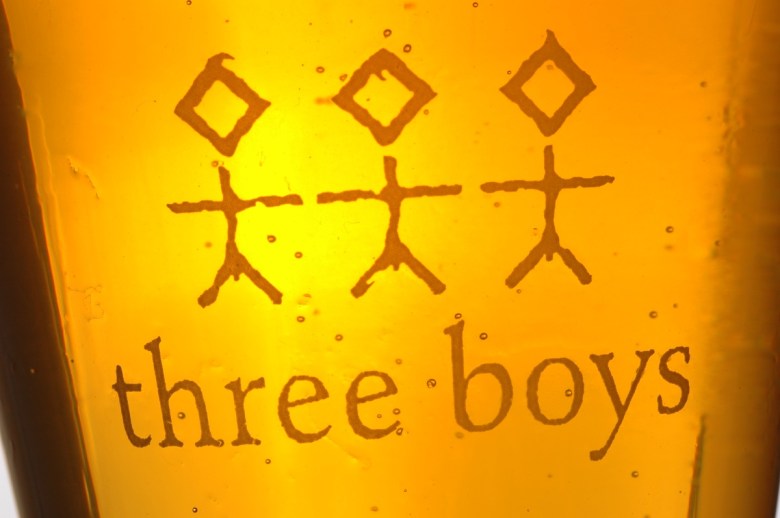 Owner Ralph Bungard spoke about the changing perception of beer, 20 years of ups and downs, and what makes Three Boys special.
Owner Ralph Bungard spoke about the changing perception of beer, 20 years of ups and downs, and what makes Three Boys special. 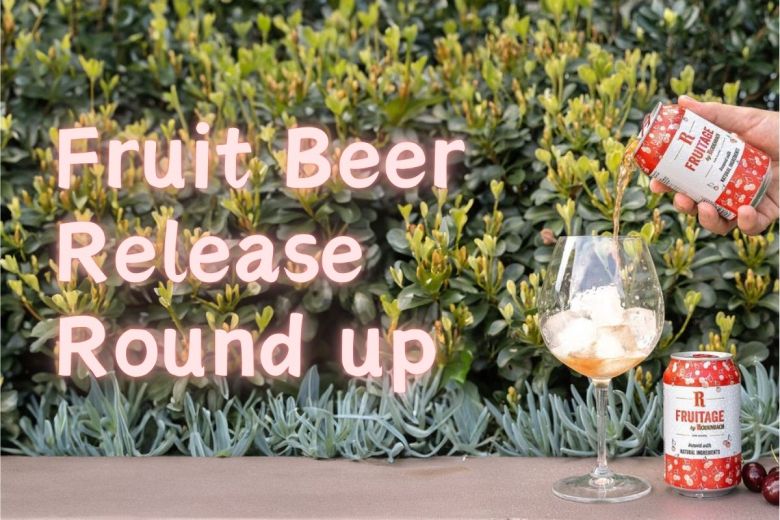 With spring well and truly sprung, we highlight three new fruit beer releases as we reach ideal weather for the style.
With spring well and truly sprung, we highlight three new fruit beer releases as we reach ideal weather for the style.  To celebrate the release of his new album Keith Urban is having a night of music and conversation in Marrickville in September.
To celebrate the release of his new album Keith Urban is having a night of music and conversation in Marrickville in September. 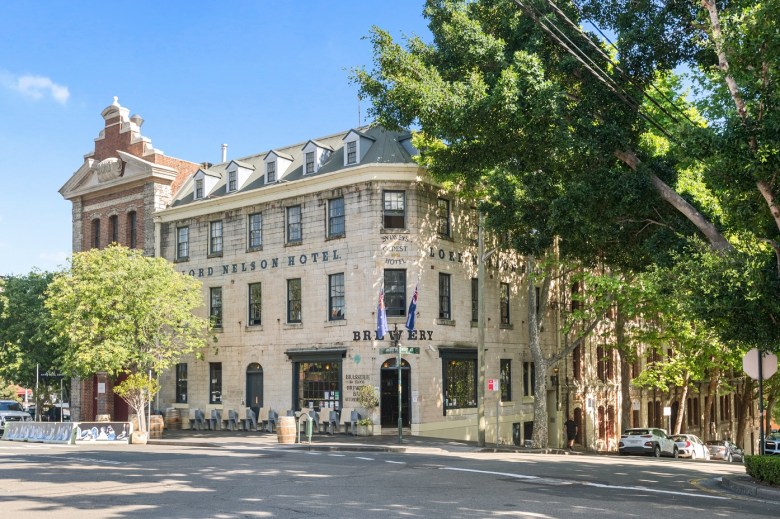 One of the pioneers of Australia's craft beer scene is hanging up his boots at 'The Lord' after 40 years of brewing.
One of the pioneers of Australia's craft beer scene is hanging up his boots at 'The Lord' after 40 years of brewing. 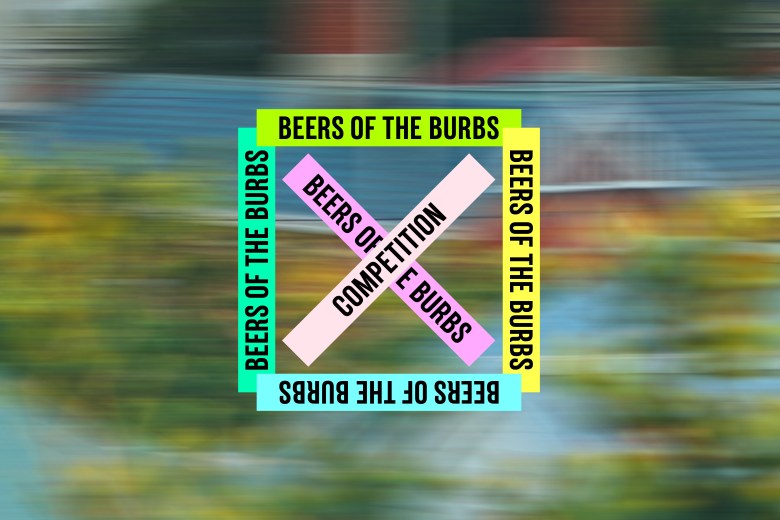 The community brewing competition returns for a second year, with the grand final set to take place on Thursday 29 August.
The community brewing competition returns for a second year, with the grand final set to take place on Thursday 29 August. 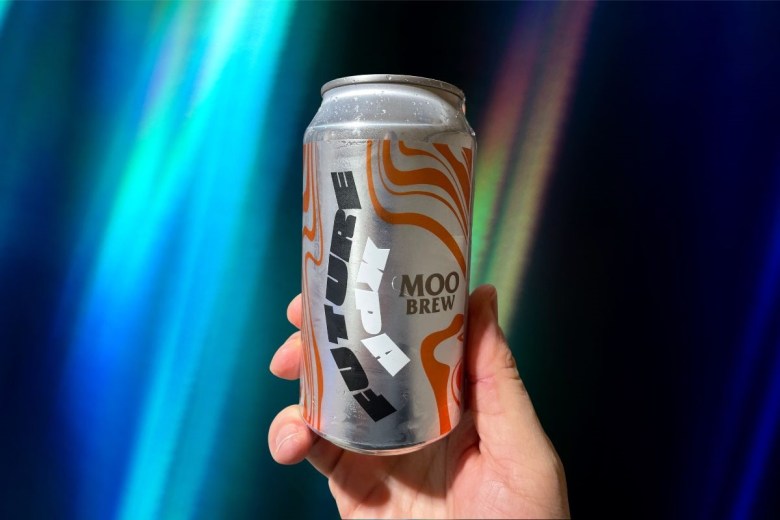 Future XPA uses climate-resistant hops and grains to investigate ways that beer can adapt to our changing climate.
Future XPA uses climate-resistant hops and grains to investigate ways that beer can adapt to our changing climate. 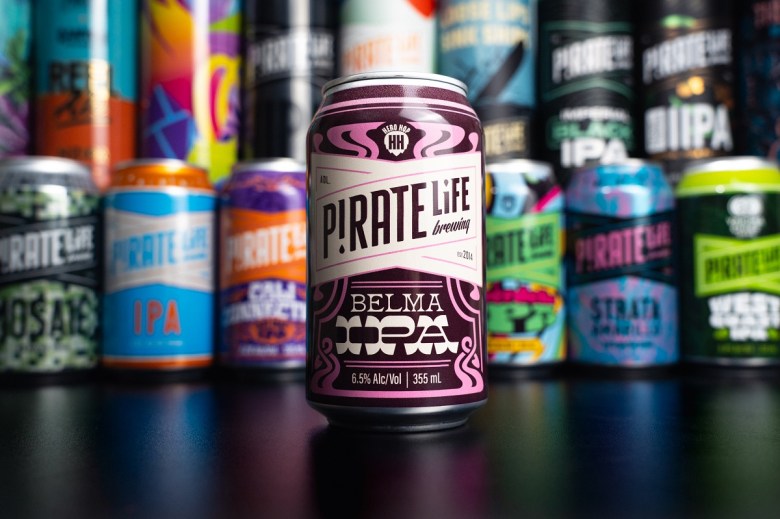 Belma IPA heroes a unique American hop variety and celebrates the importance of IPAs to the Pirate Life brand.
Belma IPA heroes a unique American hop variety and celebrates the importance of IPAs to the Pirate Life brand.  The Queensland-exclusive beer is designed to offer beer drinkers a premium option for celebrating life's milestones.
The Queensland-exclusive beer is designed to offer beer drinkers a premium option for celebrating life's milestones.  Made with Australian-grown ginger, the new product joins the Heads of Noosa core range of tap-only products.
Made with Australian-grown ginger, the new product joins the Heads of Noosa core range of tap-only products. 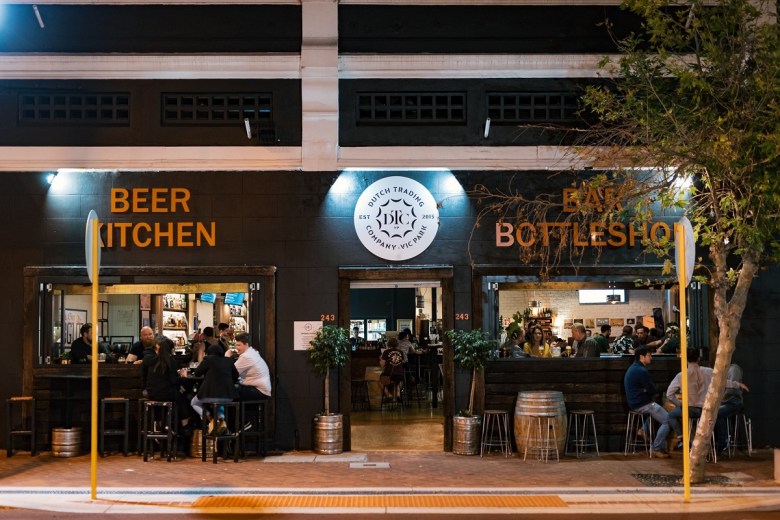 After nine years as a craft beer hub for WA, Dutch Trading Co. is closing, with the owners planning to transform the venue into something new.
After nine years as a craft beer hub for WA, Dutch Trading Co. is closing, with the owners planning to transform the venue into something new.  Part of the Northern Beaches Council’s Creative Open initiative, Freshie Palooza is a free, all-ages festival celebrating music and art.
Part of the Northern Beaches Council’s Creative Open initiative, Freshie Palooza is a free, all-ages festival celebrating music and art.  Launched in partnership with Lance 'Buddy' Franklin, the new product is Hahn's first zero carb beer.
Launched in partnership with Lance 'Buddy' Franklin, the new product is Hahn's first zero carb beer.  The partnership will continue to grow Brewmanity’s Melbourne presence, following the opening of its rooftop brewpub in March.
The partnership will continue to grow Brewmanity’s Melbourne presence, following the opening of its rooftop brewpub in March. 

 Leading marketing data and analytics business, Kantar, has named its most valuable global beer brands, with AB InBev dominating.
Leading marketing data and analytics business, Kantar, has named its most valuable global beer brands, with AB InBev dominating.  After a period of review and consultation Lion has made the ‘difficult decision’ to close its Malt Shovel Brewery.
After a period of review and consultation Lion has made the ‘difficult decision’ to close its Malt Shovel Brewery. 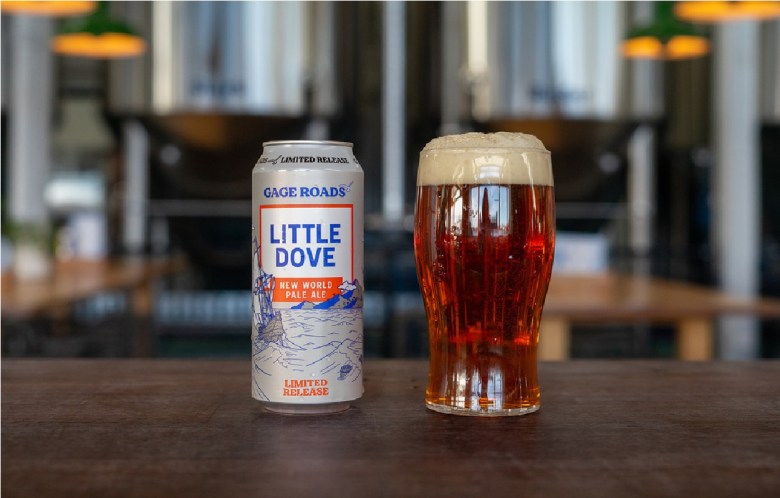 Good Drinks Australia has re-released old favourite beer, with the return of Gage Road Brew Co's Little Dove New World Pale Ale to taps and shelves.
Good Drinks Australia has re-released old favourite beer, with the return of Gage Road Brew Co's Little Dove New World Pale Ale to taps and shelves. 

 A top seller at last weekend’s GABS Festival Sydney was the delicious 6.5% Braupakt Blonde Ale collaboration brew between Germany’s oldest brewery, Weihenstephan and their Belgium neighbours, St Bernardus! The good news for beer connoisseurs is that it’s been restocked for GABS Brisbane and Melbourne this June.
A top seller at last weekend’s GABS Festival Sydney was the delicious 6.5% Braupakt Blonde Ale collaboration brew between Germany’s oldest brewery, Weihenstephan and their Belgium neighbours, St Bernardus! The good news for beer connoisseurs is that it’s been restocked for GABS Brisbane and Melbourne this June.